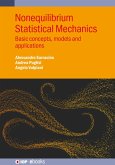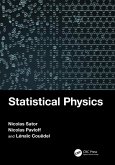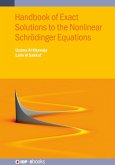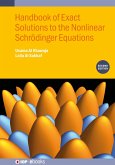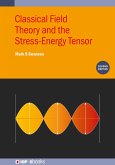Web Copy
This book deals with the most fundamental and essential techniques to simulate complex systems, from the dynamics of molecules to the spreading of diseases, from optimization using ant colonies to the simulation of the Game of Life.
Several natural systems found in physics, biology and engineering can be considered complex systems, because their behaviour is not easily predictable and is the result of complex interactions among their constituents. Examples of complex systems are a cell with its organelles, an organ, the human brain, social networks, transportation and communication systems, the stock market, ecosystems, systems with prey and predators, a swarm of bees.
There are several specialized books focusing on different simulation methods, but there is not one fully devoted to complex systems. The "bottom-up" approach is innovative and allows the reader to conduct numerical experiments to explore the system's behaviour.
Key Features
1. Composed of self-contained, independent chapters
2. Illustrates simulation techniques in a broad range of fields from physics and biology to engineering, social science and economics
3. Provides a hands-on approach with guided exercises
4. Covers the fundamental numerical techniques in complex systems
5. Ideal for self-study
6. Contains supplementary example codes and video tutorials
This book deals with the most fundamental and essential techniques to simulate complex systems, from the dynamics of molecules to the spreading of diseases, from optimization using ant colonies to the simulation of the Game of Life.
Several natural systems found in physics, biology and engineering can be considered complex systems, because their behaviour is not easily predictable and is the result of complex interactions among their constituents. Examples of complex systems are a cell with its organelles, an organ, the human brain, social networks, transportation and communication systems, the stock market, ecosystems, systems with prey and predators, a swarm of bees.
There are several specialized books focusing on different simulation methods, but there is not one fully devoted to complex systems. The "bottom-up" approach is innovative and allows the reader to conduct numerical experiments to explore the system's behaviour.
Key Features
1. Composed of self-contained, independent chapters
2. Illustrates simulation techniques in a broad range of fields from physics and biology to engineering, social science and economics
3. Provides a hands-on approach with guided exercises
4. Covers the fundamental numerical techniques in complex systems
5. Ideal for self-study
6. Contains supplementary example codes and video tutorials
Dieser Download kann aus rechtlichen Gründen nur mit Rechnungsadresse in A, D ausgeliefert werden.



